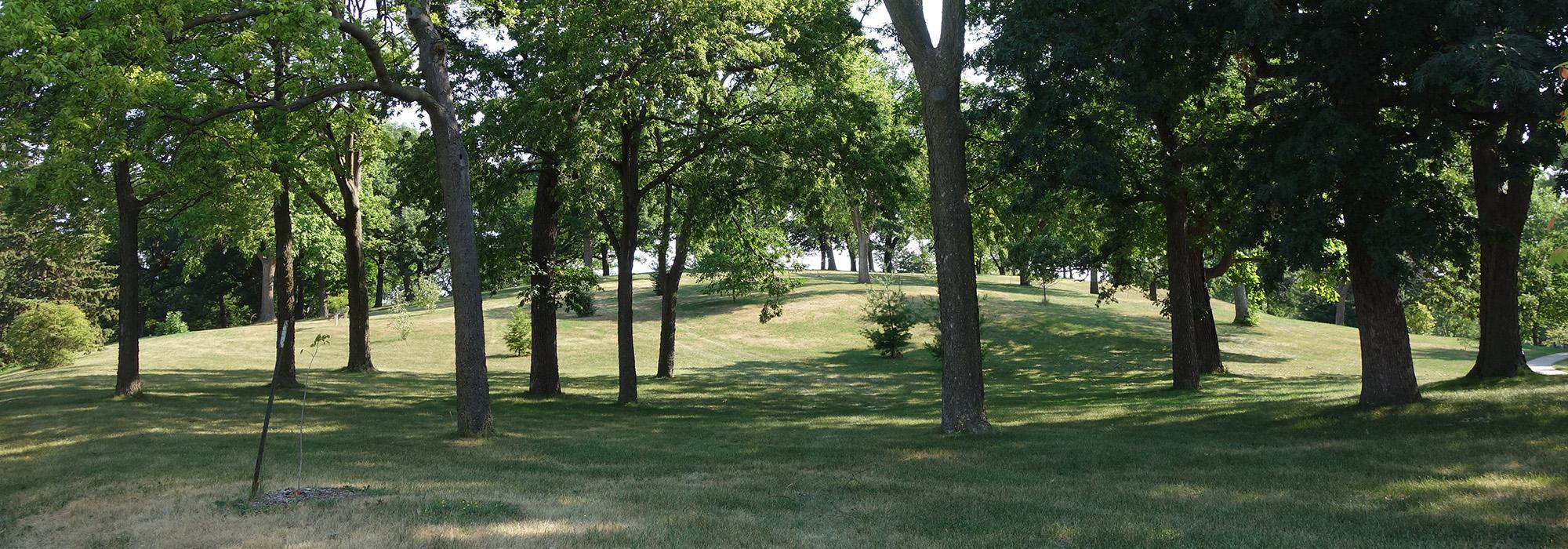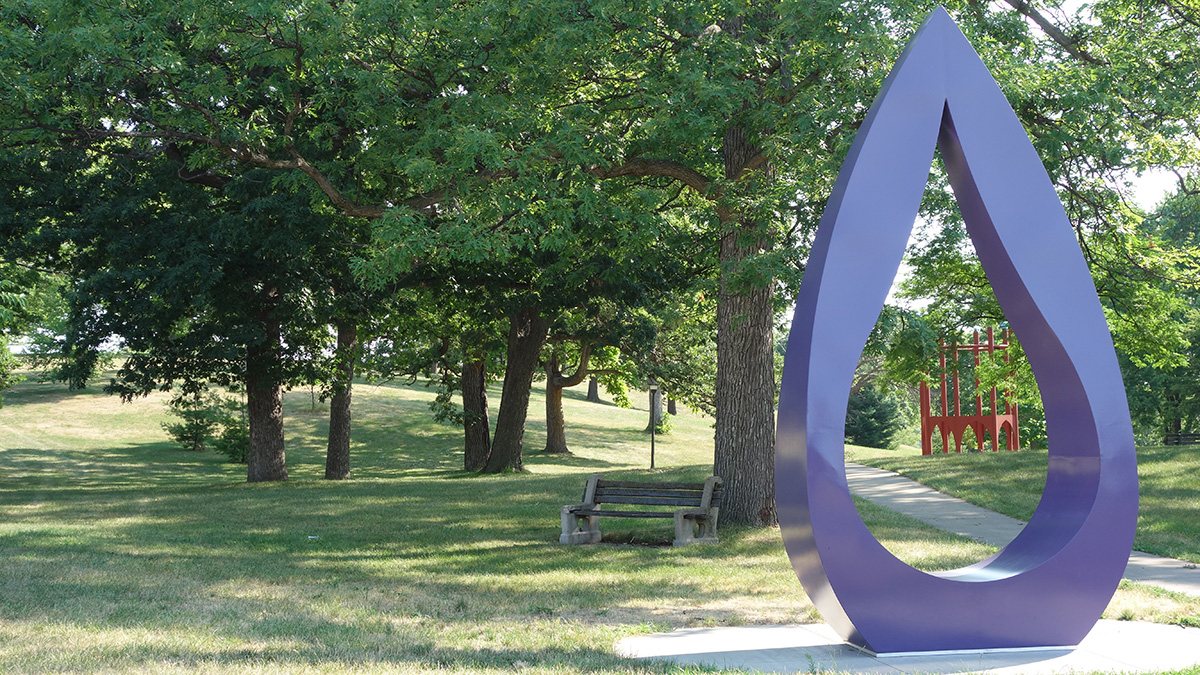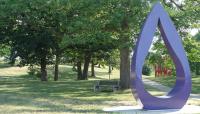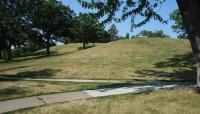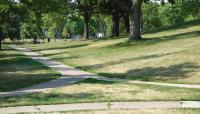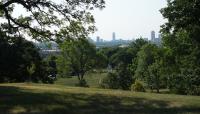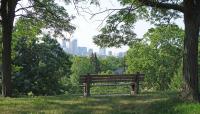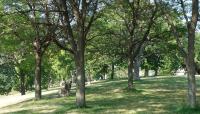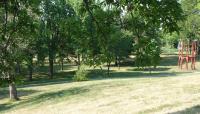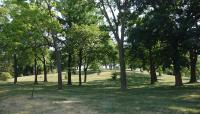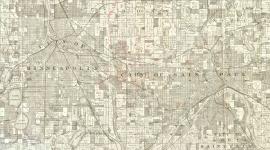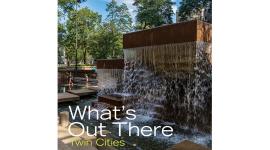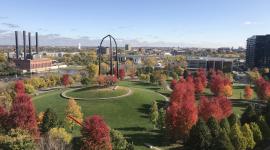Landscape Information
In his 1883 recommendations for the nascent Minneapolis park system, H. W. S. Cleveland included this as the city’s first north-side park. Spectacular vistas from the site’s high knoll distinguished this landscape from the lakes to the south and the river to the west. A proposed parkway on Lyndale Avenue North and Hennepin Avenue South would connect the park and the Chain of Lakes.
While the parkway did not materialize, 21 acres were secured in 1883 for what was originally called Third Ward Park and, briefly, Prospect Park. Shortly after a stone observation tower was erected in 1888–89, the park’s name was changed to Farview. Carriageways were developed through the park in 1885 and a toboggan slide installed in 1886–87. Playground equipment and recreational programming for children were added in 1907. The sloping topography created a natural amphitheater for concerts, religious services, and community sings that drew thousands in the early twentieth century. By then, an area was graded for tennis courts and a small field, a skating rink in winter. Many of the park’s original oaks died during a drought in 1910. Today, native tree species proliferate throughout the park.
A major upgrade in 1960 demolished the observatory, despite the city planning commission’s recommendation to preserve the landmark. Athletic fields and tennis courts were improved. In 1976 the park was redesigned and a recreation center built, with a gym added in 1992. Sculptures include "Purple Raindrop" (2018) by Esther Osayande, commemorating the musician Prince who grew up nearby, and "Hawthorne Gateway" (2005) by Norman Andersen and Katherine Schaefer.



